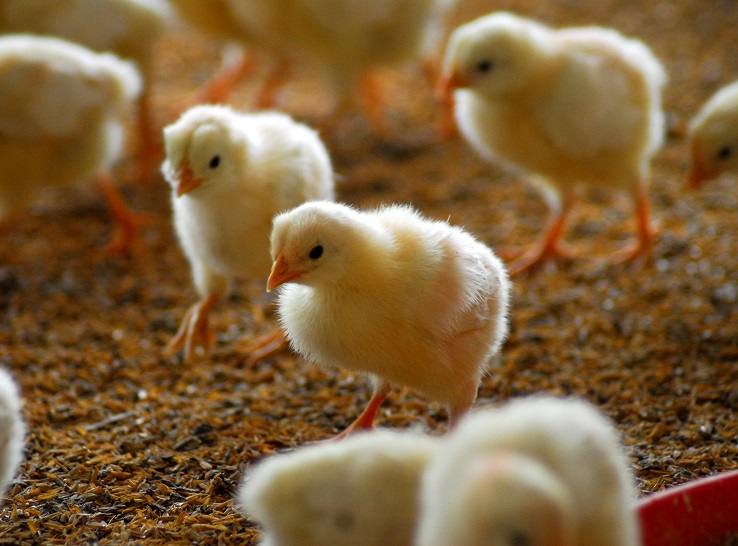Genomic information on chickens compiled by University of California-Davis scientists could help unlock improvements in the poultry sector.
The comprehensive catalog of genomic information for chickens, published in the journal Science Advances, has been assembled as a potentially valuable resource that may be applied for genetic improvements of economically important traits in poultry.
Chickens provide one of the world’s most popular animal proteins, with billions of birds grown every year for eggs and meat. Interpreting the farm animal’s genome is vital for understanding how genes control traits, such as growth, feed efficiency, reproduction and disease resistance.
Advancing genomic dataset
Comprised of about 1.1 billion DNA base pairs, the chicken was the first food-animal species to have its genome sequenced nearly 20 years ago.
Huaijun Zhou, PhD, professor with the department of animal science and corresponding author of the paper, said his team decoded more than 1.5 million regulatory elements in the chicken genome. Regulatory elements are like switches that turn genes on, off or tune. They play a major role in the development and functioning of physiological processes of the chicken’s body by controlling which genes are expressed, when, and to what extent.
Researchers analyzed and created a total of 377 datasets from 23 tissues in adult chickens. By combining these datasets, they built a robust catalogue of regulatory elements and described tissue-specific functionalities, creating one of the most comprehensive inventories of regulatory elements for any farm animal.
“This functional information across so many tissues will provide novel information that hasn’t been available before,” said Zhou, recipient of the 2023 National Academy of Sciences Prize in Food and Agriculture Sciences.
Resource offers future promise
The data may also translate into significant improvements for poultry producers, Zhou said. It is likely to be used to identify potential genetic variants that influence growth rate, feed efficiency and disease resistance.
With this year’s devastating avian flu outbreak, which led to a spike in poultry product prices, understanding how genetic factors contribute to disease risks is important to the industry. Identifying how the regulatory elements function could potentially lead to strategies to prevent and treat diseases, Zhou said.
“Ultimately, this will enhance genome-based approaches to improve efficiency, sustainability, and biosecurity of poultry production,” he said.
For the the full journal article, visit Science Advances.






